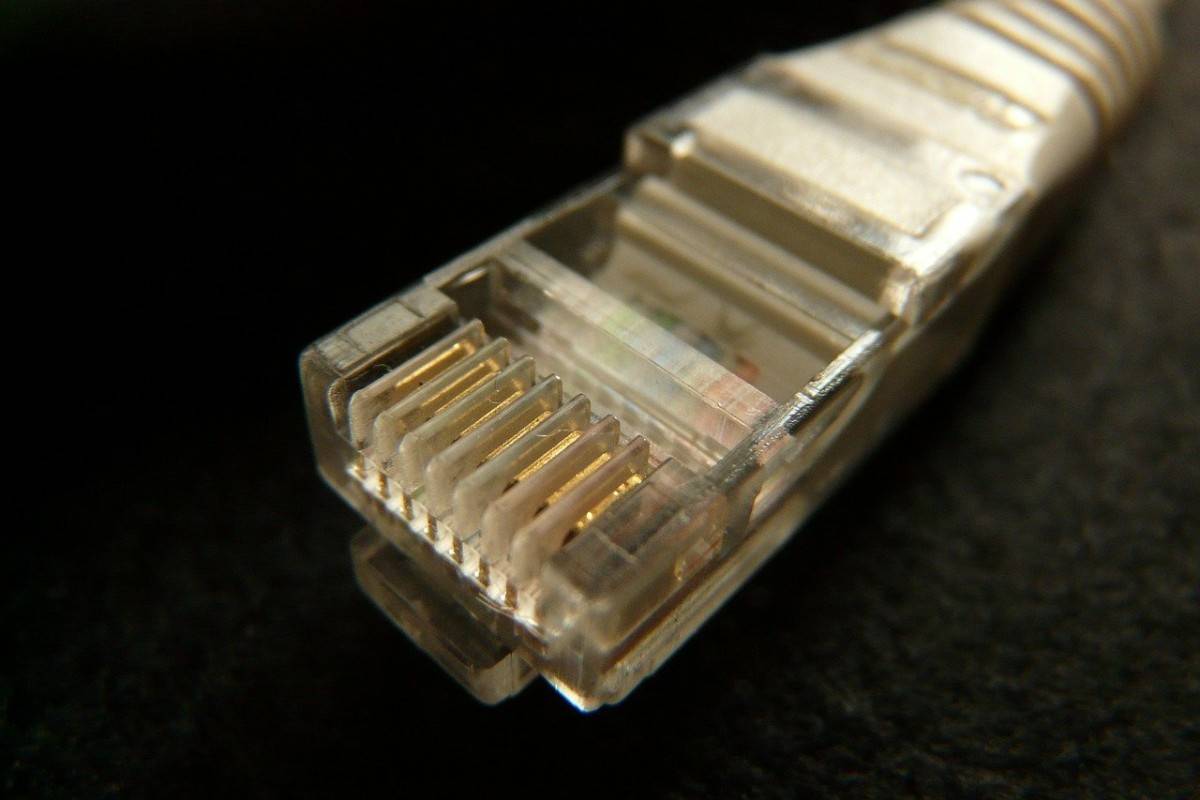
The need for a revision in the definition of fixed broadband connection in India was high when last year the pandemic took over the country. People could not rely on their broadband connections offering a minimum speed of 512 Kbps. Thus, in a timely move, the government had revised the definition and changed the minimum speed to 2 Mbps for a broadband connection.
Now, as per the latest insights from Ookla, after redefining what a broadband connection is in India, only 2.4% of broadband connections in Q2 2021 delivered speeds under 2 Mbps. The remaining connections met the minimum speed requirements by the government.
60% Connections Offered Speeds of Up to 50 Mbps
As per the data shared by Ookla, 60% of the fixed broadband connections in India delivered internet speeds in between 2 Mbps and 50 Mbps. At the same time, 36.7% of the connections delivered internet speeds in between 50 Mbps and 300 Mbps. Over 0.7% of the total connections offered speeds more than 300 Mbps.
This is a great improvement in the metrics, and it will certainly go a long way in ensuring that Indian remains on its path to becoming a digital country. Further, in the findings by Ookla, the difference in speeds delivered by fixed broadband connections in rural and urban areas of the country wasn’t that big.
India still has a long way to go when it comes to internet speeds. But this is a great jump for the nation, and it comes at the right time. At present, the need for stable fixed broadband connections which can deliver great internet speeds is very high. Because everyone is inside their homes and relying on the internet for working, learning, and most of their entertainment needs, it has become important that broadband connections can deliver the required speeds. This is because mobile networks are mostly congested and thus can’t be relied on for work.















